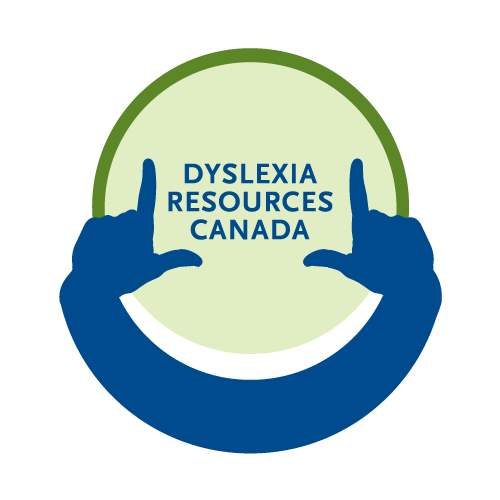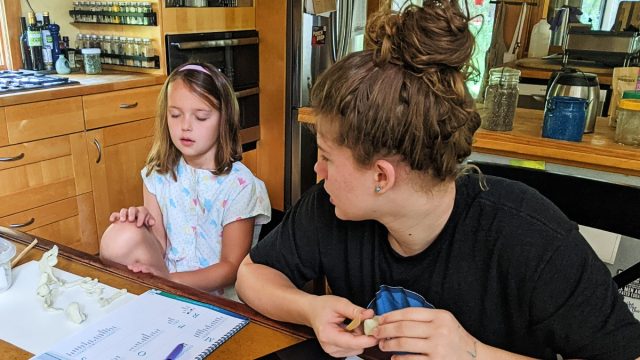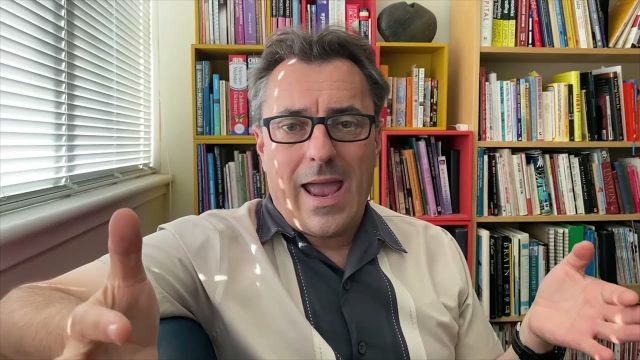Do You Have What it Takes?

Davis programs are different. We do not tutor. We do not use phonics or endless repetition or drill. Instead, we seek to coach clients to use their inner strengths or skills to unfold the cause of their struggles and hence make improvements in a matter of days. Unlike many tutoring programs, we don’t just take anyone who is struggling, there are qualifications that need to be met.
First, programs are conducted by rigorously trained facilitators. Facilitators by definition are people that make things easier. They plan and guide a person to meet their goals whereas teachers use their subject matter expertise to design curricula, presentations, and learning materials. One Google definition states “Facilitators get things done.”
In order to define goals, there is a degree of self-awareness involved. Children go to school without clearly defined goals and get taught general things based upon a curriculum designed by adults who deem that a child should know certain things at a certain age. Whereas a person who seeks a Davis program has something in mind they want to fix or improve. This requires some ability of self-awareness and that is why the age range to enroll in a program is 8 and up. At that age, children enter a developmental phase known as the age of reason which refers to the developmental cognitive, emotional, and moral stage in which children become more capable of rational thought, have internalized a conscience, and have a better capacity to control impulses. But being the right age doesn’t always qualify you for a program. It’s just the first step.

The second qualification is the client must have a goal in mind. Goal setting requires a feeling of meaning and purpose. Without it, you can lose focus. They need to be specific and not general e.g. ”I want to pass school”. A child needs to break that down into something more concrete such as spelling, reading, doing division problems, or making friends. This requires the child to be able to assess themselves and be aware of how they feel about their abilities. The stronger they feel about their inabilities, the better, as it determines the motivation of the client. The more emotional you are about your negative experiences, the stronger the motivation is to act to relieve the negative emotions. Continuous positive change keeps the program going as goals are being met. Basically, if they are aware that they are having a problem in some aspect of their life and want to fix it, there is a good chance they qualify for a program. Entwined with this goal setting is a desire for change.
The third qualification is finding good support to follow up with program’s accomplishments and future progress. With a child, it is often the parent that assists. The reading and orientation exercises take about 15 minutes a day until the child is reading at grade level. The clay work on the sight words is another matter as it depends upon the client’s goals. In general, depending upon client’s schedule, the clay work can take around a year to complete. The more words that get done, the greater the results. If the parent has a history of “not being able to work with the child,” they should hire someone who can; support training is also provided for the person the parent chooses. Facilitators are there to help following a program but it’s the helper’s responsibility to ask.
In the Facilitator’s office, there are three rules clients follow: The first is to go slow. This is so they can identify the confusion. The second is to make mistakes and not let it bother you. This can be a game-stopper for some as it is embarrassing to make mistakes and to feel stupid. But the mistakes tell us what is going on and once a client knows how to correct it, they often feel relieved. I jokingly say, “You have to make at least 5 mistakes per day”. The third rule is to have fun! If all these things are in place, success is on its way!










